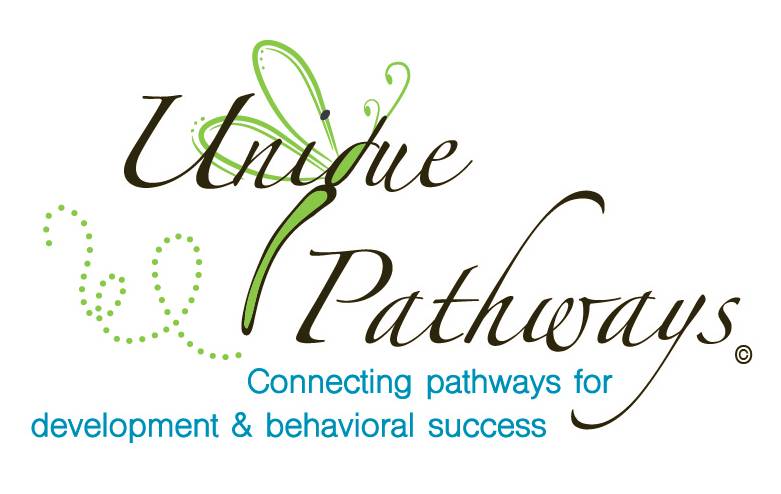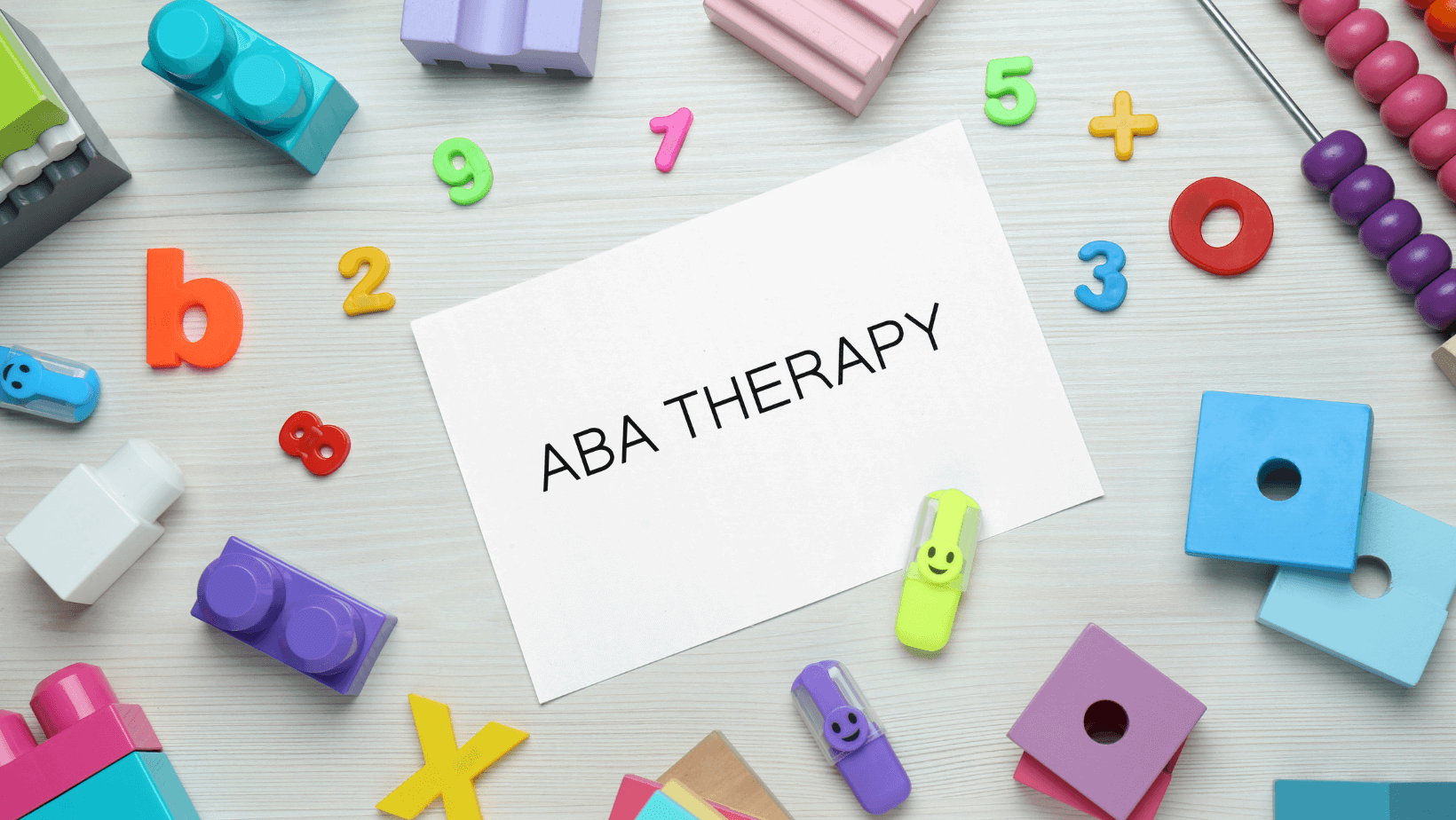As parents, one of our biggest joys is hearing our child’s first words. This milestone is not just a rite of passage but a critical indicator of a child’s development. However, not all children follow the same timeline, and some may face challenges in speech and language development. Understanding these early signs can help determine whether your child might benefit from seeing a speech language pathologist for a speech and language evaluation.
Understanding Speech Development
Speech and language are essential tools that children use to engage with the world around them. From babbling as babies to forming full sentences, each stage of speech development is crucial. Typically, a young child will start to speak their first words around 12 months. By the age of two, many children can combine two words, and by three, they should be forming simple sentences. A pediatric speech therapist emphasizes the importance of these developmental milestones as they are strong indicators of normal speech and language development.
Red Flags to Watch For
While each child develops at their own pace, certain delays and behaviors may be considered red flags. Parents should be attentive to situations where a child:
-
Does not babble by the age of 15 months.
-
Hasn’t spoken their first word by 16 months.
-
Prefers gestures over vocalizations to communicate at 18 months.
-
Shows difficulty pronouncing words compared to other children their age.
-
Produces unintelligible speech much beyond the age expected for some typical speech sound errors.
Signs Your Child May Need Speech Therapy
Speech Sound Errors
Sometimes, a child might have trouble making certain sounds, which could be a sign of an articulation or speech disorder. This is more than just cute mispronunciations; it can affect how well they are understood by others and may persist as they grow older if not addressed.
Language Delays
Language delay is another significant sign that a child might need speech therapy. If your child is not putting words together to form sentences or has a limited vocabulary compared to peers, it may be worth consulting with speech language pathologists.
Fluency Issues
Fluency disorders, such as stuttering, can be particularly challenging. While many children go through phases of repeating sounds or words, persistent issues could indicate a developmental stuttering problem. Early intervention by a professional can provide strategies to help manage this condition.
Voice Disorders
If your child’s voice consistently sounds hoarse, breathy, or nasal, it could be a voice disorder. These issues can stem from how the vocal cords produce sound and might require assessment and therapy sessions to correct.
Evaluating Your Child’s Speech
When considering whether your child needs speech therapy, the first step is a comprehensive speech and language evaluation. This diagnostic process involves several types of assessments and may require the involvement of different professionals. Typically, a speech language pathologist, who specializes in communication disorders, will lead the evaluation. They may use a variety of tools and methods to assess your child’s speech and language skills, such as standardized tests to measure language development, speech sounds, and fluency.
Additionally, observations and interactive sessions can help determine how your child uses language naturally in social settings. These evaluations are essential as they form the basis of any targeted therapy that your child might need.
Benefits of Speech Therapy
Speech therapy offers numerous benefits that extend beyond improved speech sounds and language skills. Effective therapy sessions help enhance a child’s communication skills, allowing them to express their thoughts and needs more clearly. This improvement often leads to boosted confidence as the child feels more competent in their ability to interact with others.
Moreover, better communication skills enhance social interactions with peers and adults, which is important for social development and emotional health. By addressing speech and language challenges early, speech therapy can significantly improve a child’s overall quality of life.
Types of Speech Therapy Techniques
There are various techniques used in speech therapy, tailored to address specific issues:
Articulation Therapy: This technique focuses on helping children produce specific sounds and sound patterns correctly. It often involves demonstrating how to make sounds, such as where to place the tongue or how to shape the lips, followed by practice exercises to perfect these sounds.
Language Intervention: Language intervention activities are designed to stimulate language development and aid language disorder. They involve using books, pictures, and other tools to encourage the child to speak and form sentences, thereby improving their vocabulary and sentence structure.
Fluency Therapy: This type of therapy targets fluency disorders like stuttering. Techniques may include teaching the child strategies to control the flow of speech, such as pacing their words or learning to breathe while speaking.
Voice Therapy: For children with voice disorders, voice therapy can help. It involves exercises that can improve the pitch, volume, and quality of the voice. This therapy often requires collaboration with medical professionals, especially if the voice disorder is due to physical issues like vocal nodules.
Setting Realistic Expectations
When starting speech therapy, it’s important to set realistic expectations regarding the timeframe for progress. Speech and language development can vary significantly among children, and improvements depend on the nature and severity of the disorder. Active involvement of parents and caregivers is crucial. By reinforcing strategies and exercises at home, they can significantly enhance the therapy’s effectiveness.
Additionally, goals may need to be adjusted over time as the child progresses or faces new challenges. Regular communication with the speech therapist will help ensure that expectations remain appropriate and that the therapy adapts to the child’s evolving needs.
Finding the Right Speech Therapist
Choosing the right speech therapist involves several key factors. First, ensure that the therapist has the proper credentials, typically a certification from a recognized speech and language association and a license to practice in your state. Compatibility and rapport between the therapist and your child are also essential; a therapist who connects well with your child can make sessions more productive and enjoyable.
You also need to consider the therapist’s availability and accessibility—factors like location, session times, and flexibility can affect how well you can integrate therapy into your child’s routine.

Incorporating Speech Therapy into Daily Life
Making speech therapy a seamless part of your child’s daily life can accelerate their progress and make the learning process both natural and enjoyable, boosting their confidence and mastery over new skills. At home, consider engaging activities like interactive reading sessions where your child helps to tell the story, or playful learning with toys that encourage expressive language use. These methods integrate speech practice seamlessly into playtime and daily interactions.
In school, cooperation with your child’s teachers can ensure that therapy goals are reinforced in the classroom. Simple projects or group activities can also provide opportunities for your child to practice their developing skills. Additionally, look for community events or workshops that focus on children’s language development, providing a social and fun environment for your child to apply their new skills among peers.
By weaving speech therapy into these familiar settings, you help your child to use and improve their communication skills consistently throughout their day.
Overcoming Common Challenges
Engaging in speech therapy can come with its set of challenges, such as managing frustration and maintaining patience—both for the child and the parents. Children might sometimes resist participating in sessions or practicing their exercises, requiring parents to employ creative strategies to keep them motivated.
Financial considerations are so significant; therapy can be costly, and not all insurance plans cover speech therapy. It’s important to explore various funding sources, such as public programs, private insurance, and potential scholarships from local organizations dedicated to supporting children with speech and language disorders.
Conclusion
As parents and caregivers, recognizing and addressing speech and language challenges early can set the stage for a child’s successful communication development. Speech therapy not only enhances a child’s ability to express thoughts and interact socially but also boosts their confidence, paving the way for a brighter, more engaging future.
By staying informed, proactive, and involved in your child’s speech therapy process, you empower not only your child but also yourself, as you watch them grow and thrive. Let’s look ahead with optimism and ensure our children have all the tools they need to succeed.









